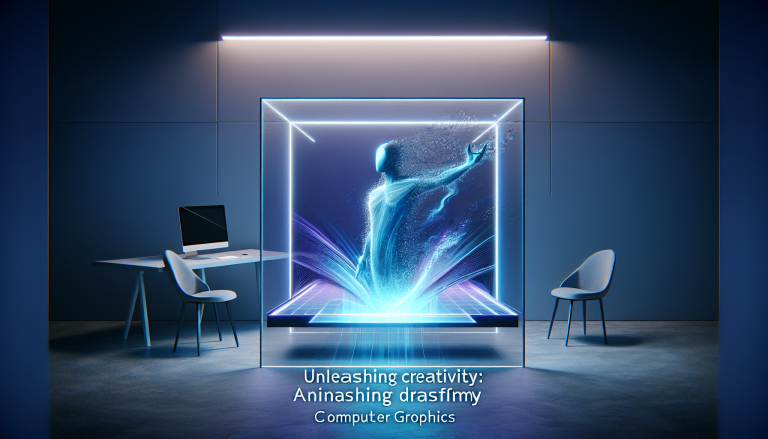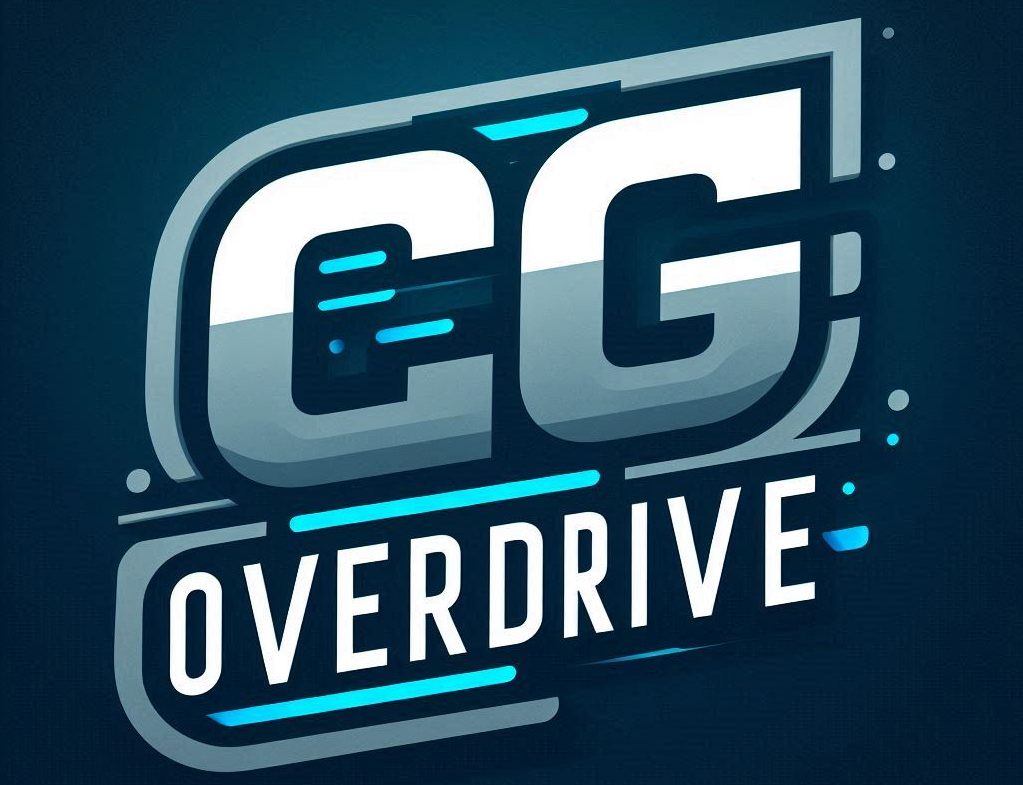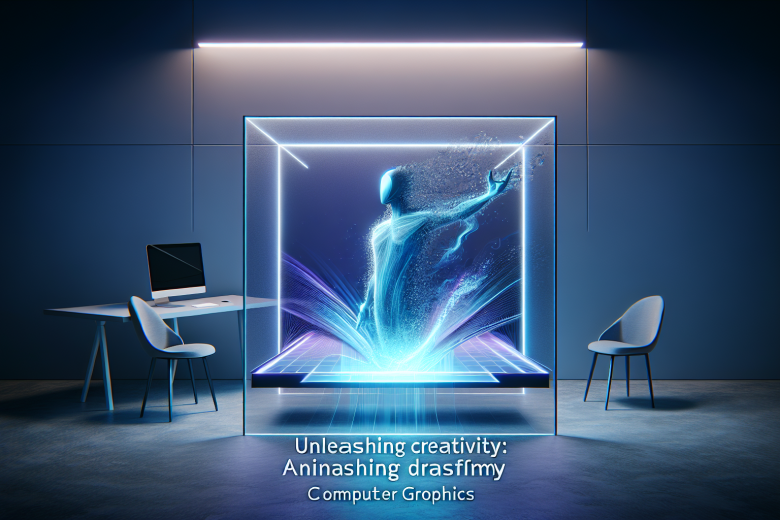The Transformative Power of Animation in the Computer Graphics Industry
Animation is the heartbeat of contemporary visual storytelling and a cornerstone of the computer graphics (CG) industry. Its power lies in the ability to breathe life into the inanimate, creating rich, immersive worlds that engage, inform, and captivate audiences across diverse sectors such as film, gaming, architecture, advertising, and multimedia. As a creative trailblazer specializing in animation, architecture, and multimedia, I see animation not merely as movement but as an emotive language capable of transforming ideas into compelling narratives. Understanding animation’s critical role in the CG ecosystem empowers professionals and enthusiasts alike to harness its full potential.
Why Animation Matters in Today’s CG Landscape
Animation transcends simple visual effects; it enables complex ideas to be communicated intuitively, influences user experience, and drives innovation in interactive media. The ongoing evolution of CG technology—real-time rendering, artificial intelligence, and augmented reality—has expanded animation beyond traditional realms into architecture visualization, advertising, and multimedia installations, making it a versatile tool for storytelling and engagement.
The significance of animation within the CG industry can be distilled into three core pillars:
– **Narrative Immersion:** Animation creates believable worlds that immerse audiences, evoking emotional responses that static imagery cannot achieve.
– **Cross-disciplinary Integration:** Through architectural visualization or multimedia presentations, animation bridges multiple creative domains, enriching communication.
– **Commercial Impact:** From advertising campaigns to business storytelling, animation boosts brand engagement and user interaction, enhancing ROI.
Understanding these dimensions equips creators to craft animations that resonate deeply and effectively.
Expert Insights: Crafting Animation for Architecture and Multimedia
Within architectural visualization, animation serves as a vital bridge between design and client understanding. Static blueprints or renderings tell a story, but animations transport viewers through spaces before they exist. Similarly, multimedia projects benefit from animation’s dynamic qualities to weave interactive narratives that adapt and respond to audiences.
**Key principles for impactful animation in these fields:**
| Aspect | Architectural Animation | Multimedia Animation |
|————————-|————————————————|———————————————|
| Purpose | Spatial storytelling, realistic walkthroughs | Interactive storytelling, engagement layers |
| Style | Photorealistic or stylized depending on client | Experimental, expressive, often abstract |
| Tools & Software | 3ds Max, Lumion, Unreal Engine | Adobe After Effects, Unity, Blender |
| Focus | Lighting, texture detail, physics simulation | Timing, interactivity, cross-media integration|

| Client/End-user Benefit | Enhanced design understanding, design iteration| Increased user retention, educational impact|
Implementing these principles requires a sensitivity to both technical precision and artistic intuition—qualities that elevate animation from demonstration to experience.
Practical Advice: Elevating Your Animation Workflow
To thrive in the competitive CG animation space, cultivating a disciplined yet flexible workflow is essential. Here are actionable strategies:
– **Embrace Previsualization:** Start with storyboards and animatics. Visual planning prevents costly revisions and ensures clarity in storytelling.
– **Master Fundamentals:** Invest time in perfecting animation basics—timing, squash and stretch, anticipation. These are the emotional undercurrents of believable animation.
– **Leverage Reference Material:** Whether mimicking human movement or architectural physics, real-world observation informs naturalism.
– **Iterative Process:** Animate in layers—blocking, splining, polishing—allowing continuous refinement and feedback.
– **Optimize for Medium:** Tailor animations for specific platforms—in architectural VR, prioritize optimization for headset performance; in advertising, focus on eye-catching appeal in seconds.
– **Stay Updated on Tech:** Regularly explore new software updates, plugins, and emerging tools like AI-driven animation assistants to streamline work.
– **Seek Collaborative Feedback:** Cross-disciplinary critique enhances narrative depth and technical accuracy.
By embodying these best practices, animators enhance both creative expression and production efficiency.
Animation’s Role in Advertising and Business of Computer Graphics (CG)
Advertising leverages animation’s storytelling clarity to convey brand messages in emotionally engaging, visually arresting formats. Motion graphics, animated logos, character-driven ads—all employ CG animation to cut through media noise and foster brand recall. Importantly, the business of computer graphics thrives on animation because it creates scalable, reusable assets that convert ideas into revenue streams.
**How animation drives business value in CG:**
– **Brand Differentiation:** Unique animated visuals create memorable identities that stand out.
– **Cross-platform Reach:** Animated content is adaptable to social media, television, web, and even interactive displays.
– **Cost-effectiveness:** Once created, animations can be modified and repurposed, maximizing investment returns.
– **Consumer Engagement:** Animation increases dwell time and interaction on digital platforms.
– **Educational Content:** Explainer videos and tutorials use animation to simplify complex products or services.
Understanding these business dynamics empowers CG professionals to align creative efforts with strategic goals, positioning animation as a pivotal asset.
Framework for Integrating Animation Across CG Disciplines
Animation’s versatile nature invites structured approaches for integrating it within diverse CG realms. Use the following framework to conceptualize projects:
| Phase | Architectural Focus | Multimedia Focus | Advertising Focus |
|———————|—————————————|————————————-|————————————-|
| Concept Development | Spatial layout, client needs analysis | Story and interaction design | Brand identity, message clarity |
| Design | 3D modeling, materials selection | Visual assets creation | Graphic assets, character design |
| Animation | Camera movement, lighting dynamics | Motion, transitions, user responses | Motion graphics, character animation |
| Rendering | High-quality output, photorealism | Real-time or pre-rendered | Optimized for fast loading |
| Delivery | VR walkthroughs, videos | Interactive apps, presentations | Multi-format ad placements |
Employing such a framework aids in managing complexities and maintaining creative coherence.
Inspiring Creativity: The Future of Animation in CG
The trajectory of animation within the CG industry points toward greater integration with emerging technologies like virtual reality (VR), augmented reality (AR), and artificial intelligence (AI). AI-driven animation tools simplify rigging and inbetweening, enabling animators to focus on storytelling nuances. Meanwhile, VR and AR offer expansive new canvases where animation can transcend screens and become immersive experiences.
For creators, this future demands a blend of artistic vision and technological adaptability. Cultivating skills in coding, AI utilization, and interactive design alongside traditional animation techniques will distinguish the next generation of animation pioneers.
“Animation can explain whatever the mind of man can conceive.” – Walt Disney
Animation’s capacity to convey the intangible—emotion, atmosphere, idea—ensures its enduring relevance in the business of computer graphics. As the boundaries between animation, architecture, multimedia, advertising, and business continue to blur, the animator’s role grows ever more dynamic and impactful.
Empowerment Checklist: Elevate Your Animation Practice Today
– Develop fluency in multiple animation software tailored to your niche.
– Invest in foundational art principles and motion study.
– Build a portfolio that demonstrates cross-disciplinary versatility.
– Engage with CG communities to exchange feedback and insights.
– Experiment boldly with new technologies—VR, AR, AI.
– Align creative output with client or business objectives.
– Stay curious and adaptable; animation is a living, evolving craft.
By weaving these threads into your practice, you transform animation from a technical task into an expressive art form that energizes the entire computer graphics industry.

